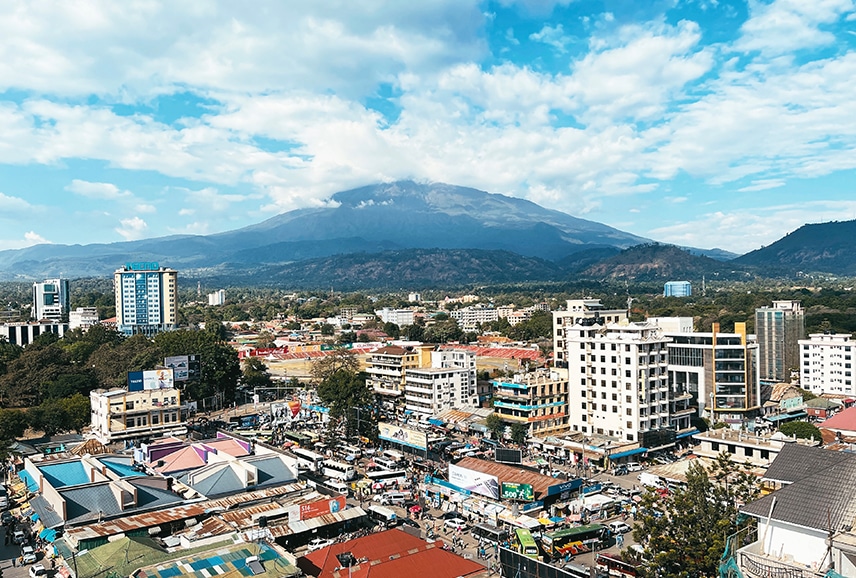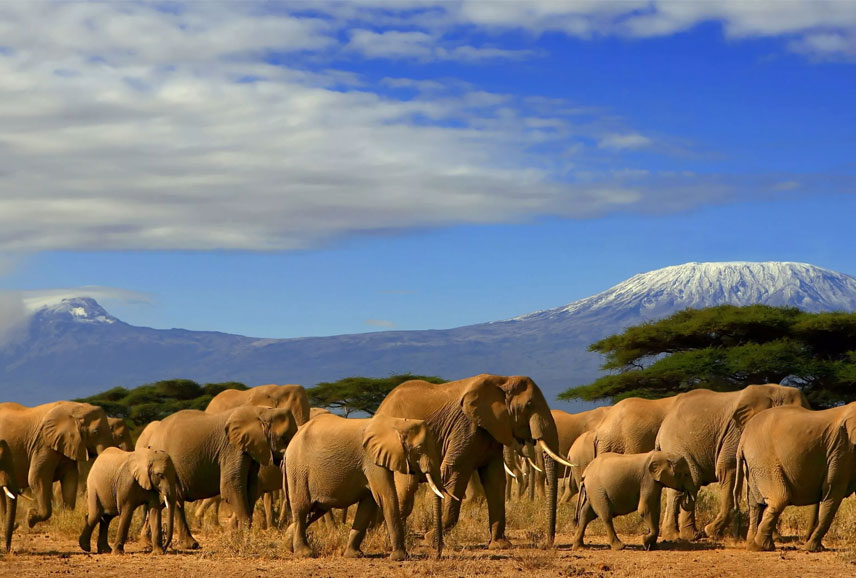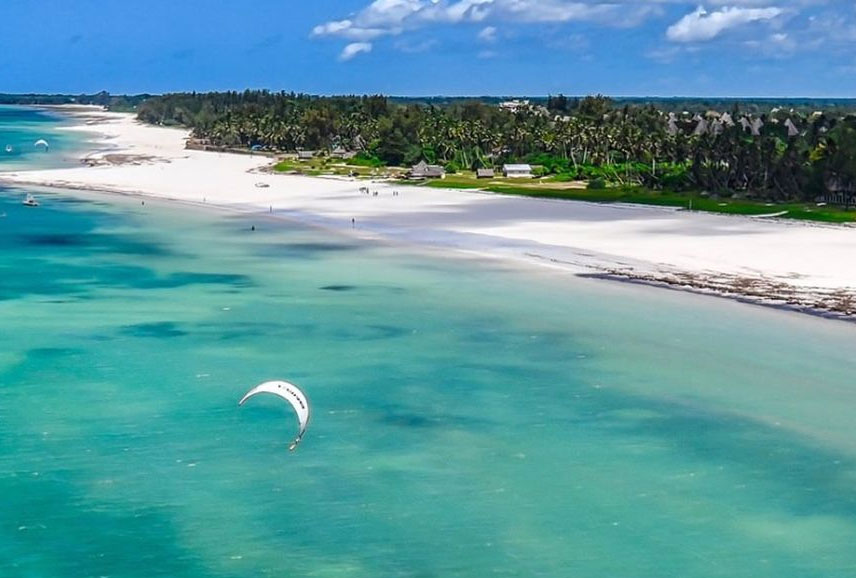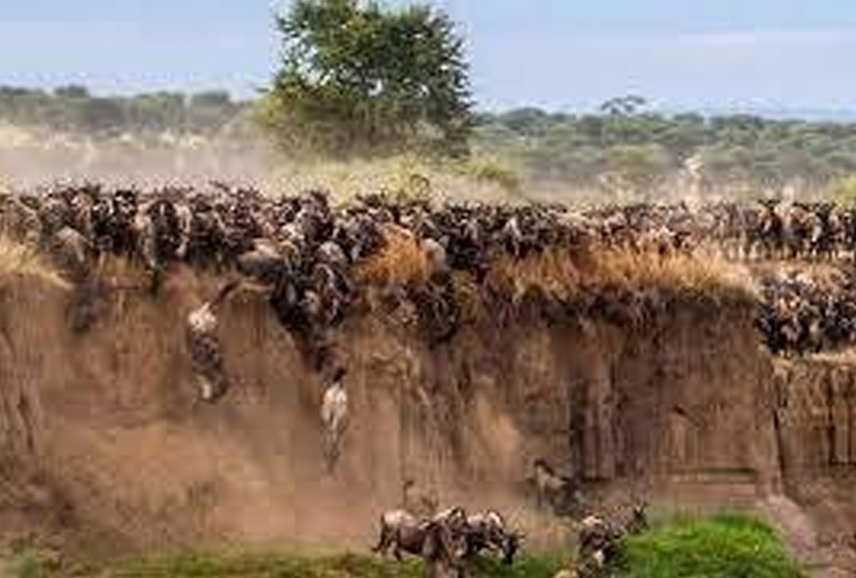You’ve probably seen breathtaking photos of Lake Nakuru’s pink flamingos, but there’s so much more you don’t know. This lake’s ecosystem is a marvel you can’t afford to ignore. You’ll discover its unique climate, diverse wildlife, and even the challenges it faces. So buckle up! Your journey into understanding Lake Nakuru starts now – where science meets wonder and every discovery will leave you in awe.
Geographic Features of Lake Nakuru
It’s fascinating to explore the various geographic features of Lake Nakuru, isn’t it? The lake, nestled in Kenya’s Great Rift Valley, offers a unique insight into the region’s geology. Nakuru Geology is incredibly diverse and complex, with the Rift Valley’s Impact playing a significant role in shaping its landscape.
You’d be amazed by how this geology contributes to the lake’s alkaline nature. It’s due to volcanic activities that occurred millions of years ago during the formation of the Rift Valley. These eruptions released minerals such as sodium carbonate into the lake, making it hospitable for flamingos that feast on algae thriving in these conditions.
Remember when we hiked up Baboon Cliff? The panoramic view from there was simply breathtaking! You could see how erosion patterns over time carved out valleys and hills around Lake Nakuru. This process is still ongoing and forms an integral part of Nakuru Geology.
Seeing this reminds you of nature’s power and unpredictability. The rift valley itself, still active today, continues to shape not only Lake Nakuru but also our understanding of Earth’s geological history.
When planning your visit, don’t forget your binoculars! Observing these geographical features from afar allows you to appreciate their sheer size and beauty better. And one last tip – wear comfortable shoes for those treks; some terrain can be challenging but trust me; it’ll be worth every step!
The Unique Climate of Lake Nakuru
You’re going to find the climate around this particular body of water quite unique. Lake Nakuru, nestled in the heart of Kenya, is known for its warm and temperate weather. It’s a spot where you’ll experience an amazing blend of warmth during the day and coolness at night – a perfect mix that allows wildlife to thrive.
During my visit in August, I was captivated by how the lake had adapted to its changing environment – a clear example of Climate Adaptation at work. The lake level fluctuates due to various factors such as rainfall and human activities. These changes have led to shifts in vegetation patterns around the lake, creating different habitats for wildlife.
It’s not just about appreciating nature though; these changes have also influenced Nakuru Tourism positively. Tour operators now offer tours highlighting these adaptations, giving you a new way to appreciate Mother Nature’s resilience.
Let me share some travel tips with you: first off, don’t forget your binoculars! You’ll want them handy when catching sight of flamingos against the vast blue backdrop of the lake or spotting rhinos grazing nearby. Also remember that sunscreen is essential under the African sun – don’t get caught unprepared!
Lastly, consider hiring a local guide if it’s your first time visiting Lake Nakuru; they’re knowledgeable about seasonal changes and can help you make sense of what you’re witnessing.
The Importance of Lake Nakuru’s Algae
Imagine you’re standing at the edge of Lake Nakuru, marveling at its stunning pink hue created by the millions of flamingos that feed on algae. But have you ever wondered about the role of this seemingly insignificant organism in our ecosystem? As we delve into this topic, not only will you learn about how essential algae is for life under and above water, but also about the threats it’s facing which could disrupt this delicate balance.
Algae’s Role in Ecosystem
Algae’s role in Lake Nakuru’s ecosystem can’t be underestimated as they’re a crucial source of food for numerous aquatic species. When you visit, you’ll notice how this vibrant underwater plant life sustains an array of wildlife, from fish to flamingos.
But it’s not just about feeding animals. You might’ve heard of algae harvesting – a process that transforms these green organisms into biofuel. Yes, the same algae you see floating around Lake Nakuru! They’re harvested and processed to create something incredibly useful: Algae Biofuel. It’s renewable and environmentally friendly.
Threats to Algae Population
Despite their importance, there’s a growing concern about threats to the algae population, including pollution and climate change. I remember my trip to Lake Nakuru; it was alarming to see the effects of Algal Blooming Consequences firsthand. The once vibrant flamingos were now starving due to the decreased algae supply.
Algae Harvesting Impact is also a concern. While it may seem beneficial for industries, excessive extraction can disrupt the ecosystem significantly. On my last visit, I witnessed nets scooping out massive amounts of algae from the lake – an unsettling sight indeed.
Travel tip? Always respect nature when visiting such sites. Your actions might unknowingly contribute to these threats. Let’s strive to protect our ecosystems for future generations.
The Flamingos: Lake Nakuru’s Signature Species
You’re likely to be awed by the sight of thousands of flamingos painting Lake Nakuru pink, as they are indeed the signature species of this unique ecosystem. Their migration patterns can be unpredictable, but it’s generally accepted that they move around in response to changes in water and food conditions. So if you want a chance to see these birds en masse, you need to time your visit correctly.
The diet specifics of flamingos are intriguing too. They feed mostly on algae and small creatures like shrimp found in the lake’s alkaline waters. The blue-green algae they consume is what gives their feathers that distinctive pink hue you’ll be so amazed by! I remember gasping in disbelief when I first learned this fact from a local guide.
Now for a travel tip: don’t forget your binoculars! Flamingos may sometimes keep their distance from human visitors, so having binoculars will allow you to appreciate them up close without disturbing them. And trust me, getting a close look at these elegant creatures is an experience not to miss.
While there’s more than just flamingos at Lake Nakuru – it’s home to over 450 species of birds! – there’s something incredibly special about witnessing the flurry of pink against the turquoise backdrop of the lake. It’s almost surreal.
Other Notable Wildlife in the Lake Nakuru Ecosystem
As you journey further into Lake Nakuru’s ecosystem, you’ll be amazed by the diverse bird species that flutter above your head, each with their own unique calls and colors. Don’t forget to keep an eye on the ground too – there’s a whole world of land mammals who’ve made this place their home. But it doesn’t stop there; dip your toes in the water and you’re entering another realm of aquatic life forms, so pack your best waterproof camera because you won’t want to miss capturing these moments!
Diverse Bird Species
In Lake Nakuru, you’ll find an impressive variety of bird species, making it a paradise for birdwatchers. The avian migration patterns are diverse and fascinating, with birds from different continents seeking refuge here during various seasons. This spectacle offers exceptional birdwatching opportunities.
You’ve got to check out the pink blanket across the lake – it’s not a mirage but thousands of flamingos feasting on algae. They’re so close that you can hear their squabbles as they jostle for space! Don’t forget your binoculars; it’s a sight you won’t want to miss!
And if you’re lucky, you might spot the African fish eagle soaring high in search of its next meal or hear the unique call of the Hadada ibis echoing around sunset. It’s truly an experience like no other!
Land Mammals Presence
Beyond the feathered spectacle, you’ll also encounter a rich diversity of land mammals that call this place home. Witnessing mammal migration patterns in Lake Nakuru is an experience you won’t forget. From zebras, gazelles to buffalos, their seasonal movements provide a thrilling sight.
Observe predator-prey interactions closely, as they offer valuable insights into nature’s balance. You’ll see lions stealthily stalking their prey or hyenas opportunistically scavenging meals. It’s survival at its rawest and most real.
Travel tip: Bring binoculars for better viewing and a local guide for insightful narrations on animal behaviors.
Remember to respect the animals’ space; you’re in their territory after all! Lake Nakuru offers an immersive wildlife experience that will leave you with a renewed appreciation for nature’s complexity and beauty.
Aquatic Life Forms
You’ll be equally fascinated by the diverse aquatic life forms, ranging from tiny planktons to larger fish species, each playing their part in maintaining nature’s harmony. The lake’s waters teem with an array of species, all contributing to a vibrant ecosystem. In this underwater world, fish survival is a delicate balance.
While you observe these creatures in their natural habitat, pay special attention to the invasive species that have recently taken up residence. These newcomers can disrupt the ecosystem and threaten local species’ survival. Consider taking guided tours or renting equipment for a closer look at this watery wonderland. Remember, your visit not only contributes to local tourism but also raises awareness about conserving these unique ecosystems for future generations.
Threats to Lake Nakuru’s Ecosystem
Pollution’s been a major threat to Lake Nakuru’s ecosystem that you should be aware of. The Pollution Impact has drastically altered the beautiful landscape that was once teeming with life, making it almost unrecognizable now. I remember my first visit there, the vibrant pink flamingos against the blue waters creating a sight for sore eyes. Now, sadly, things have taken a turn for the worse.
The Invasive Species are another concern. They’ve changed the natural biodiversity and disrupted various food chains in this ecosystem. You wouldn’t believe how much damage such small creatures can cause.
Here are some measures you can take to help alleviate these problems:
- Reduce Waste: Limit your trash production during visits to places like Lake Nakuru.
- Recycle: If you must generate waste, ensure it is recyclable.
- Report Invasive Species: If you spot any invasive species during your trips, report them immediately.
- Educate Others: Spread awareness about these issues among fellow travelers and locals.
Remember that each step counts when preserving such precious ecosystems.
On my last trip to Lake Nakuru, I couldn’t help but reminisce about its former glory days – when pollution wasn’t as rampant and invasive species were unheard of in these parts – but also felt hopeful about its future if we all do our part.
Conservation Efforts and Initiatives
In addition to the measures you can take, there are also various conservation efforts and initiatives in place to protect these endangered habitats. You’d be surprised at how much local groups are doing their part, especially when it comes to mitigating the poaching impact. I remember joining a night patrol once; we were armed only with flashlights and a fierce determination to keep our wildlife safe. The silence of the night was shattered by occasional rustling noises or distant animal calls – reminders of the life we were guarding.
Community awareness is another critical component of these efforts. When I visited Lake Nakuru, the guides would spend time educating visitors about the fragile ecosystem they were stepping into. They’d explain how even seemingly harmless actions could disrupt that balance – like littering or getting too close to animals for those Instagram-worthy shots.
And then there’s your role – as a traveler, you can make choices that support these conservation initiatives. Choose eco-friendly accommodations that follow sustainable practices. Participate in community-led tours which help provide income for locals while promoting responsible tourism.
I still remember my visit fondly – not just because of Lake Nakuru’s breathtaking beauty but also due to the palpable commitment towards preserving it for future generations. So next time you’re planning your travel itinerary, consider places where your visit contributes positively rather than detracts from their survival.
Yes, change is slow-going and often feels like an uphill battle against forces driven by greed or indifference. But every small step counts – especially when it’s toward protecting our planet’s precious biodiversity.
The Role of Lake Nakuru in the Local Community
After exploring the commendable conservation efforts around Lake Nakuru, let’s shift our focus towards how this beautiful lake plays a pivotal role in the local community.
- Local Tourism: Lake Nakuru isn’t just a water body; it’s a lively hub that boosts local tourism significantly. You can enjoy an enchanting boat ride across the calm serene waters or simply sit by its side to relish the picture-perfect view of vibrant flamingos dotting the lake’s surface. It’s an experience you wouldn’t want to miss!
- Economic Significance: The tourism generated by Lake Nakuru directly contributes to local income and employment opportunities. Whether it’s tour guides, hotel staff, or souvenir vendors – they all owe their livelihoods in some way to this magnificent lake.
- Cultural Importance: Home to diverse wildlife and stunning beauty, this lake is also deeply woven into the cultural fabric of local communities due to traditional beliefs associated with it.
- Educational Value: Schools often organize trips here for students to learn about environmental preservation firsthand from park rangers, making it not just entertaining but also educational.
So next time when you’re planning your travel itinerary, consider visiting Lake Nakuru – where nature meets culture and economic stability intertwines with education! Not only will you be contributing towards boosting local economies but will also get an opportunity to bask in Kenya’s natural splendor while learning about its ecological importance.
Remember: Your visit matters more than you think! The ripple effect of your small contribution can make waves in sustaining such precious ecosystems for generations ahead.
How Climate Change Affects Lake Nakuru’s Ecosystem
Climate change’s impact on our cherished body of water is undeniable, as it disrupts the balance of life both in and around it. Let me tell you about my last visit to Lake Nakuru, which was a stark contrast from my childhood memories. The lake had shrunk considerably and the once vibrant flamingo population seemed noticeably less.
You see, the climate impact on Lake Nakuru isn’t just about rising temperatures. It’s a domino effect that starts with irregular rainfall patterns leading to fluctuating water levels, impacting the algae growth which feeds our beloved flamingos. That’s human interference for you; we’ve disrupted nature’s delicate balance.
On your next visit to Lake Nakuru, you’ll notice these changes yourself. You might find fewer hippos wallowing around because they prefer stable water conditions. But don’t let this deter you from visiting; remember that every ticket purchased contributes towards conservation efforts.
If there’s one tip I can give you for your trip to Lake Nakuru – it’s awareness and respect for nature and its creatures. Be mindful not just when interacting with wildlife but also when disposing of waste or using resources like water at your campsite.
The fight against climate change requires collective action – even seemingly small steps matter! We need to limit our interference in nature’s processes while actively working towards reducing our carbon footprint. As visitors and lovers of Lake Nakuru, let’s be responsible travelers who care for this ecosystem that we’re privileged to enjoy!

































